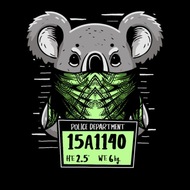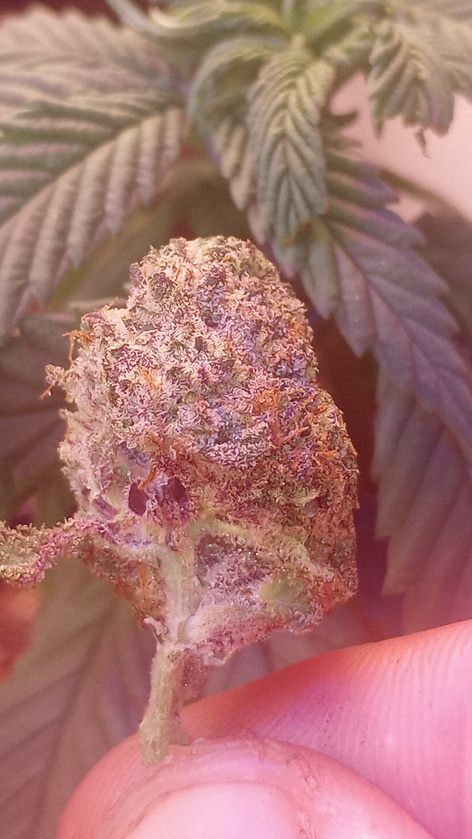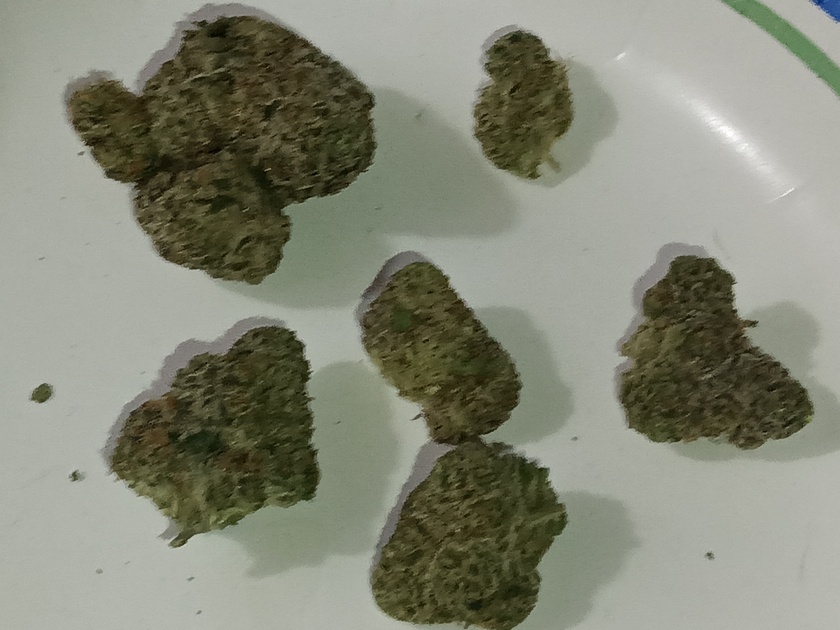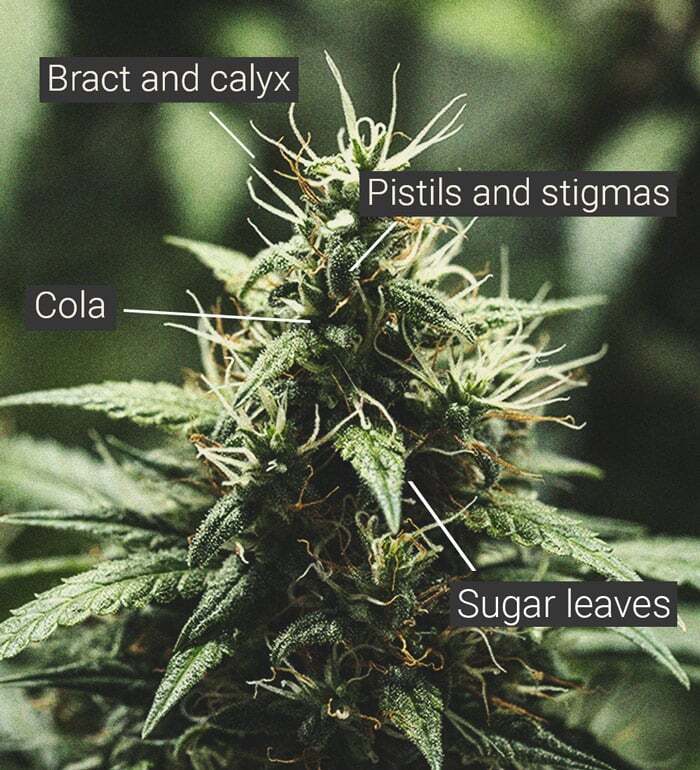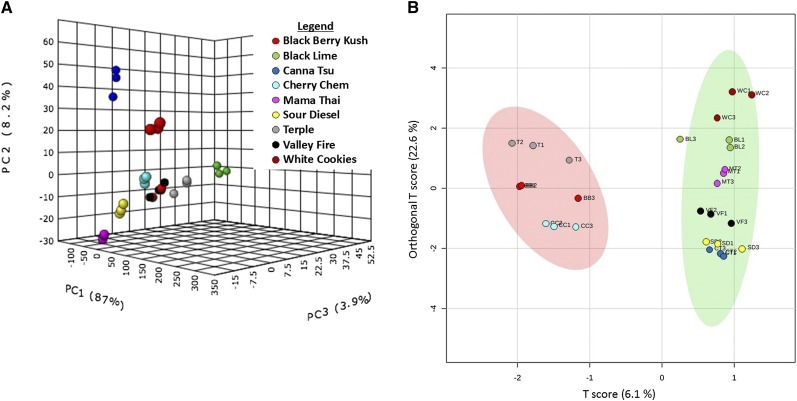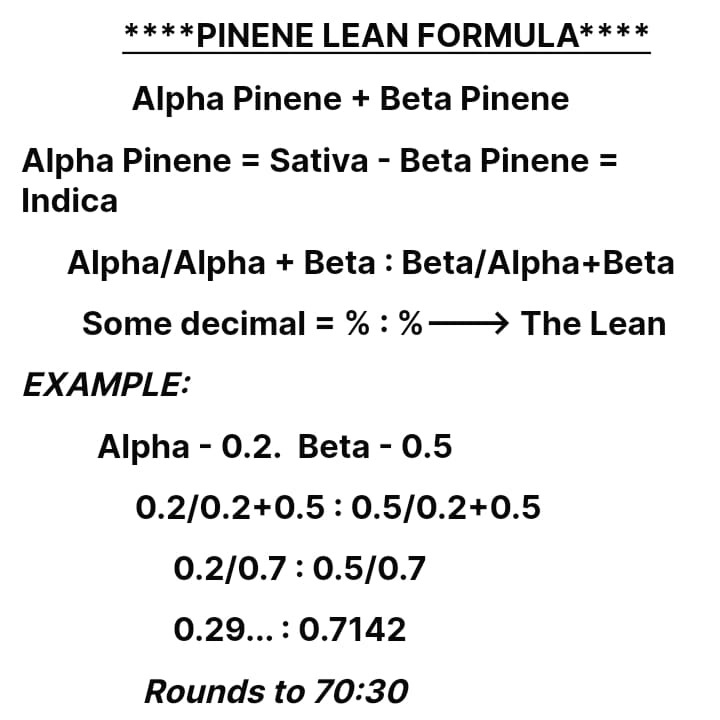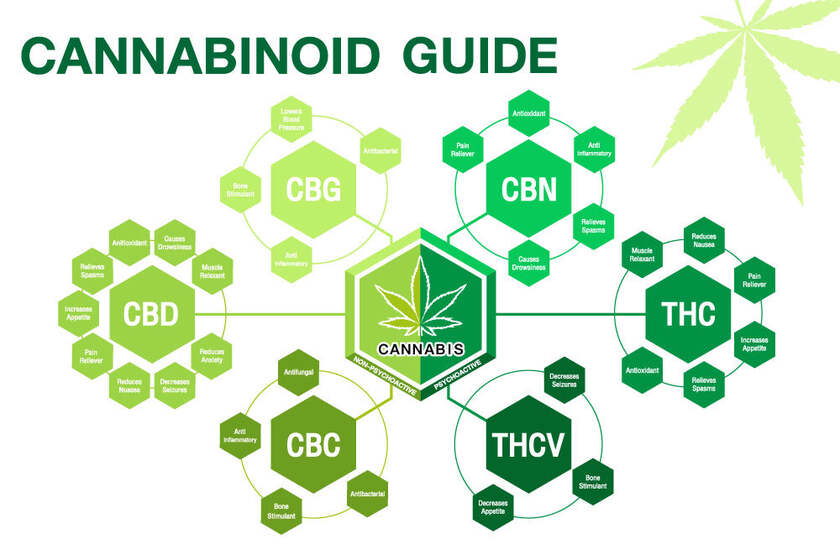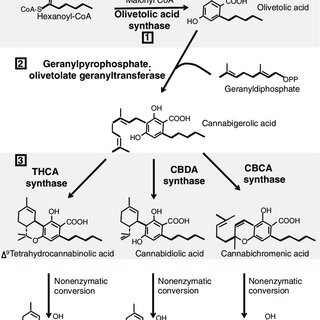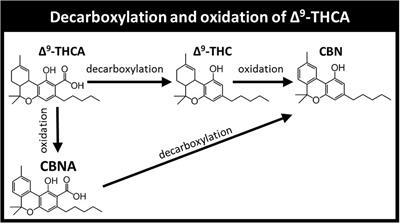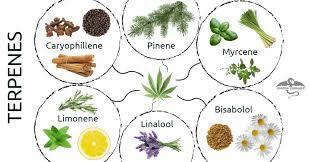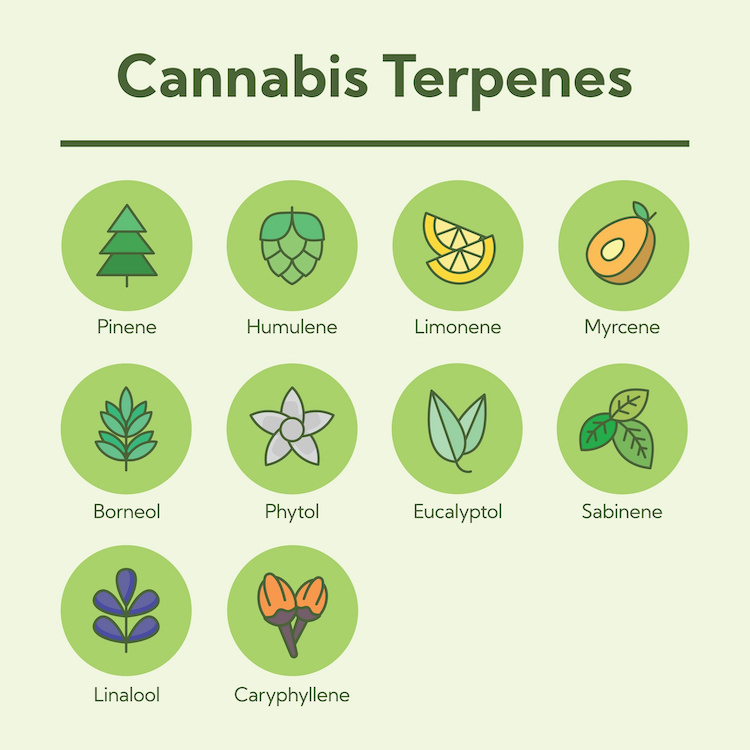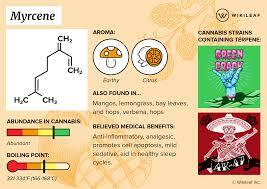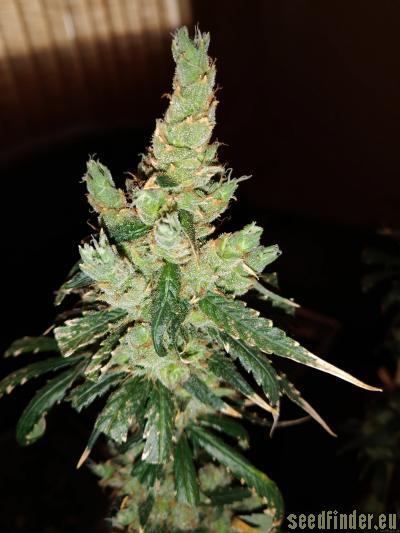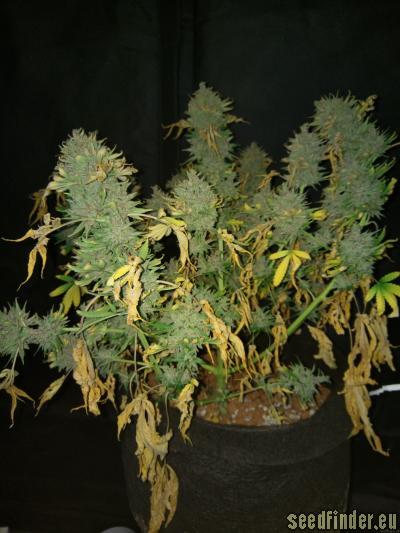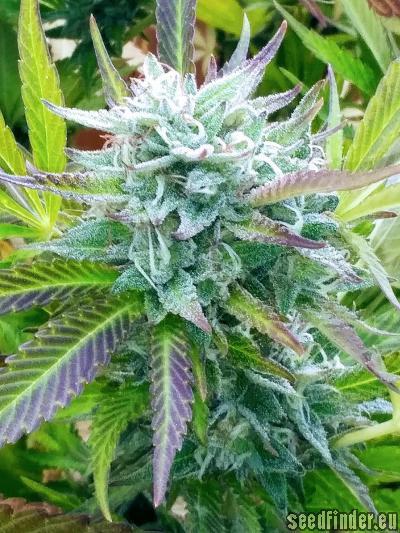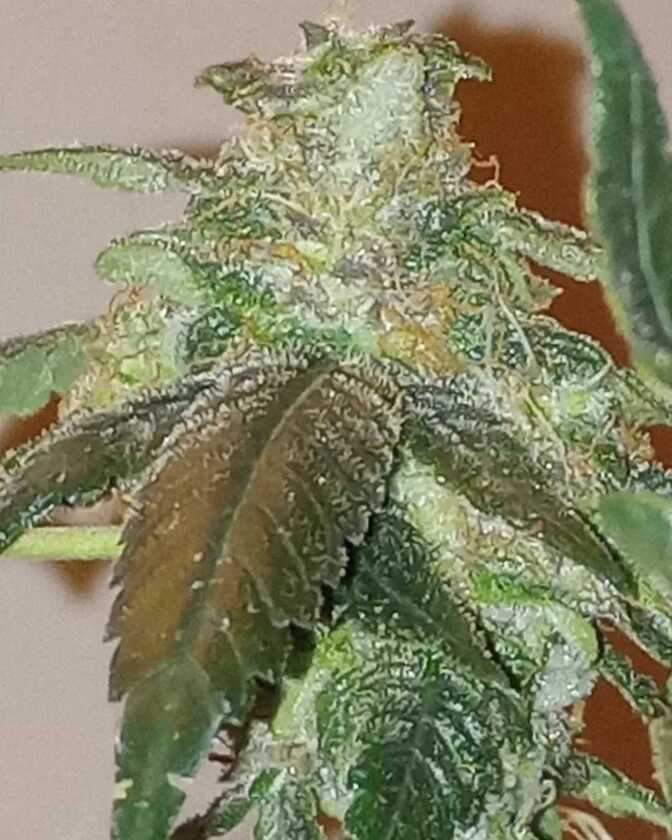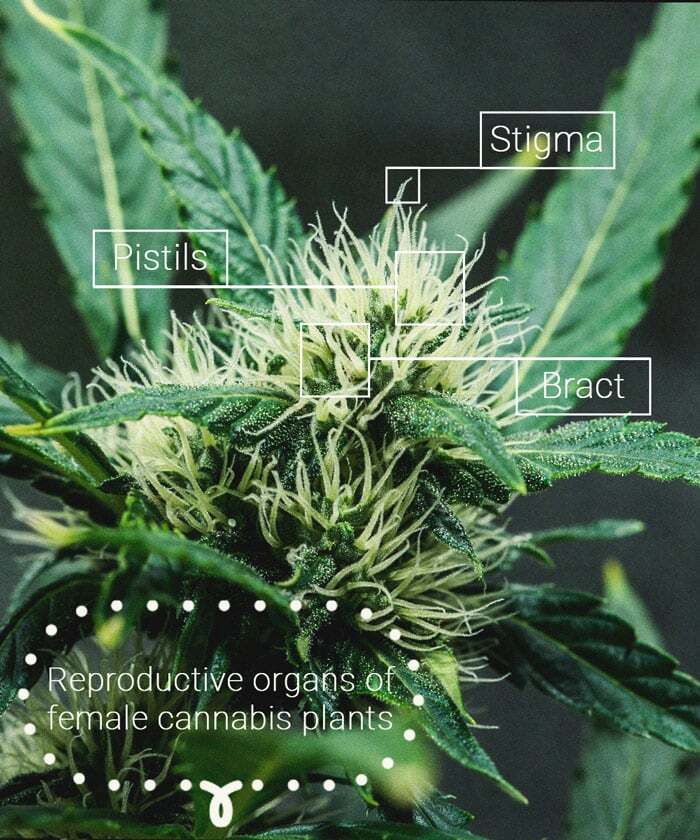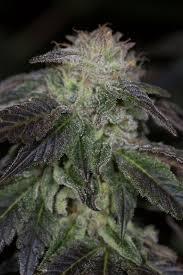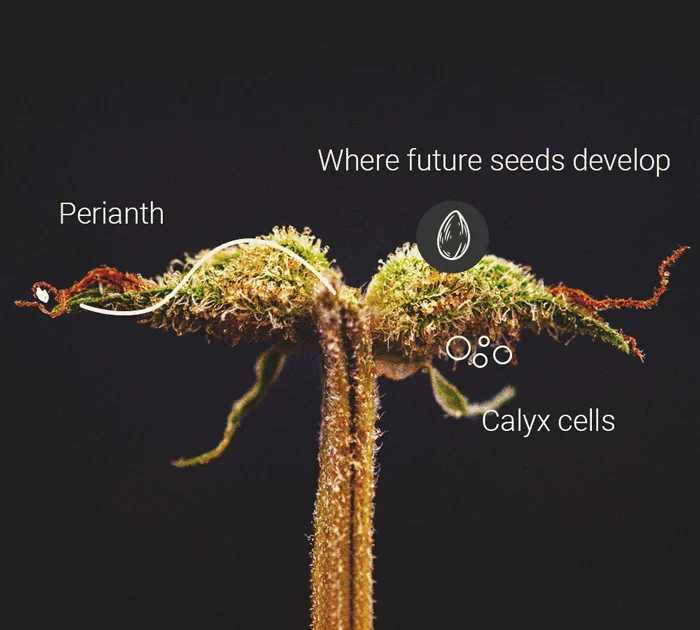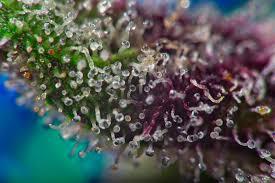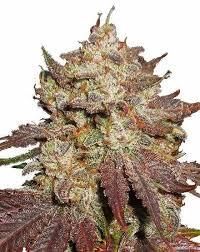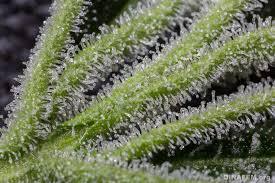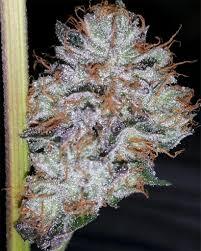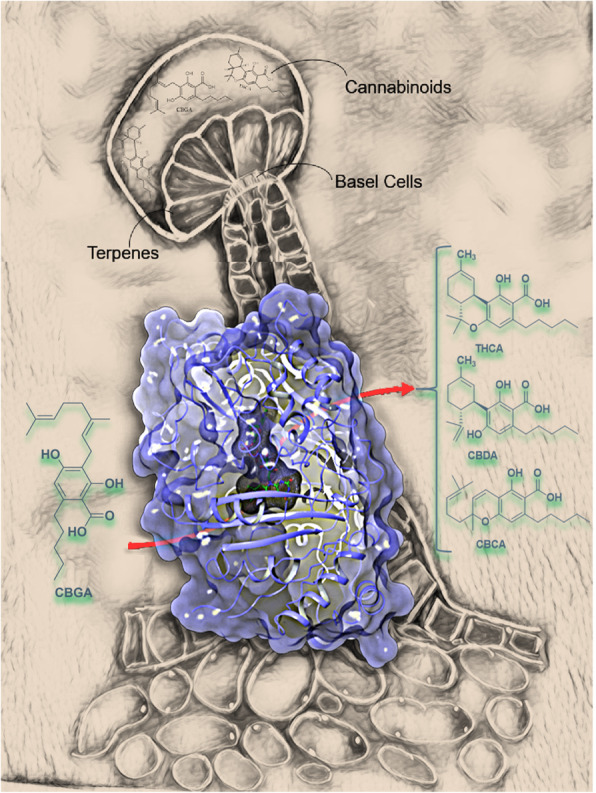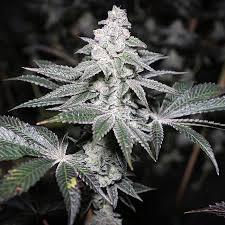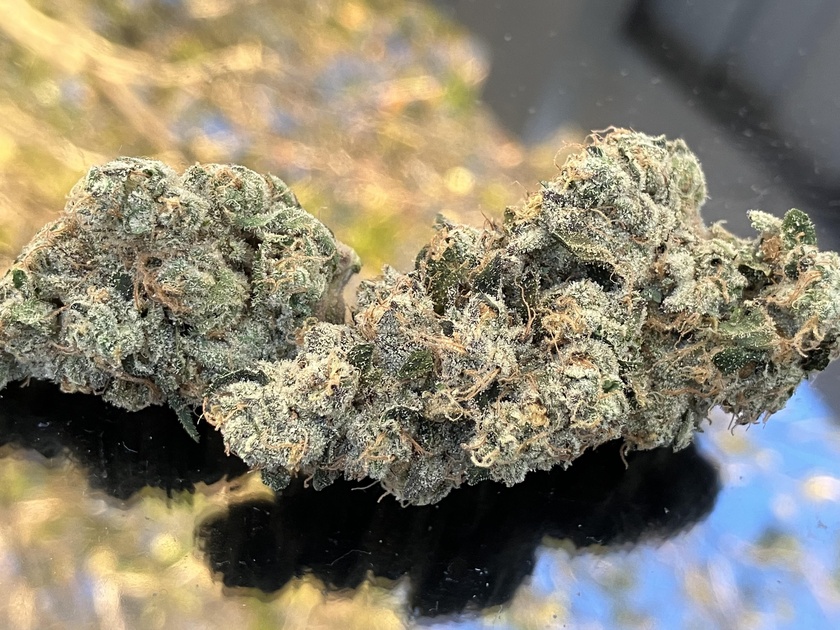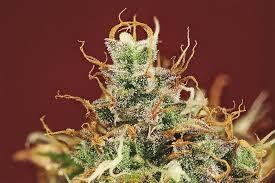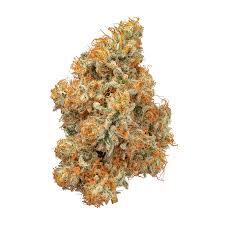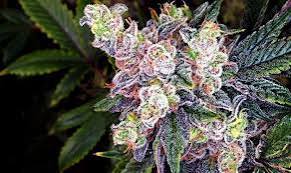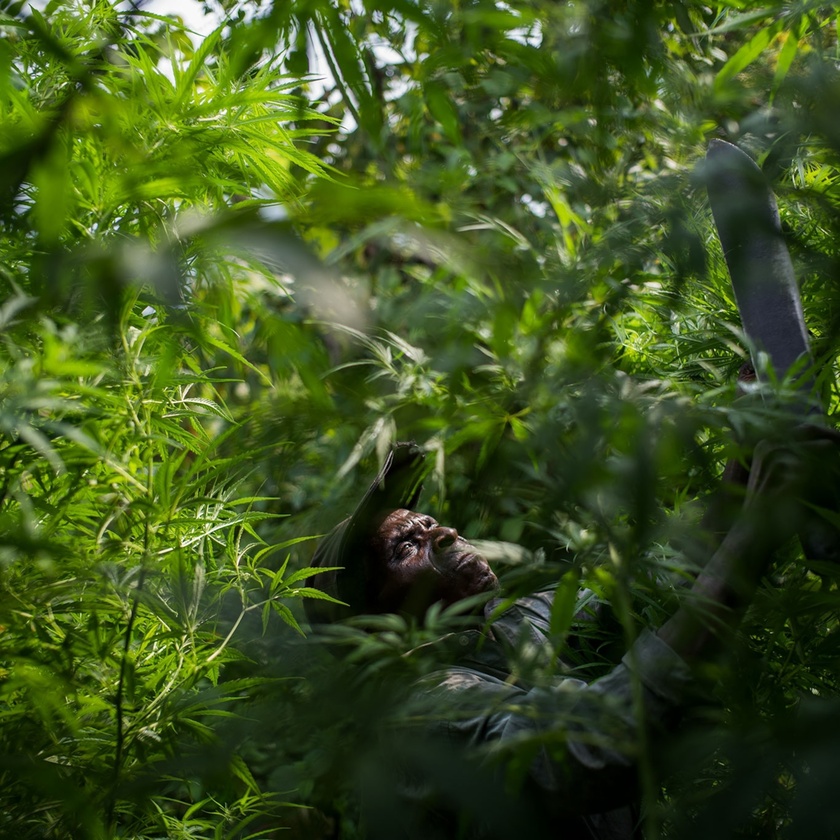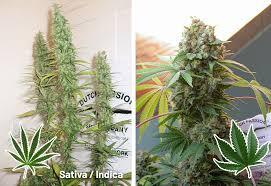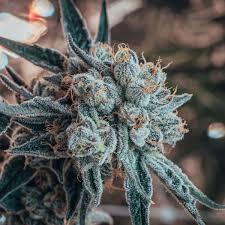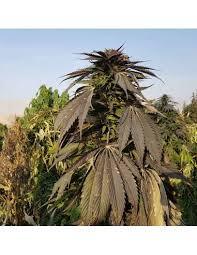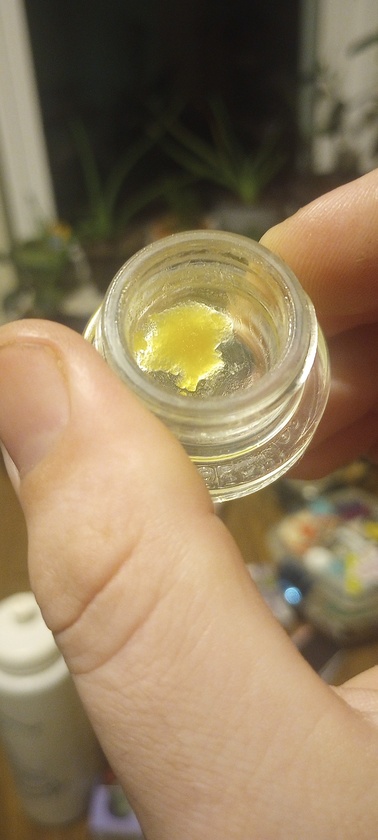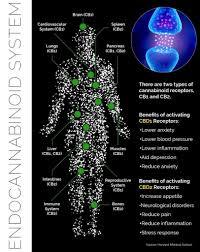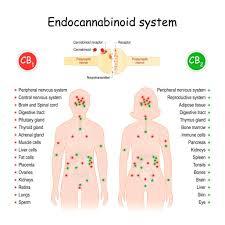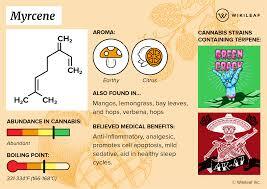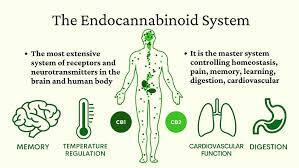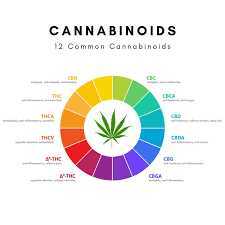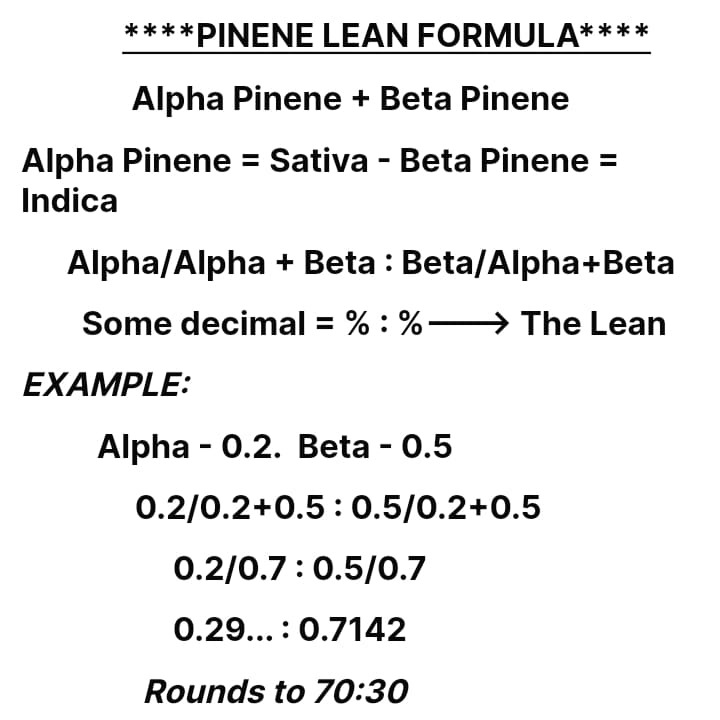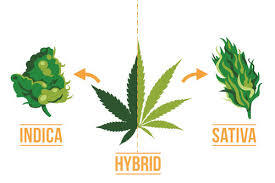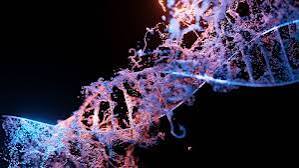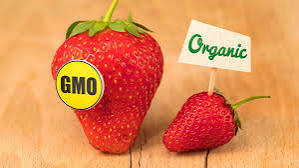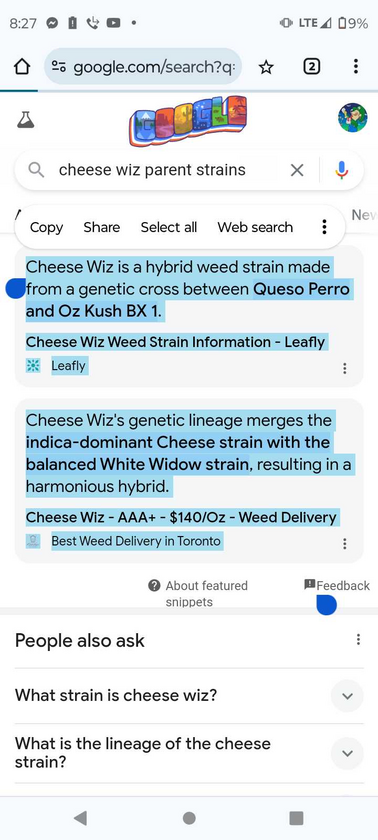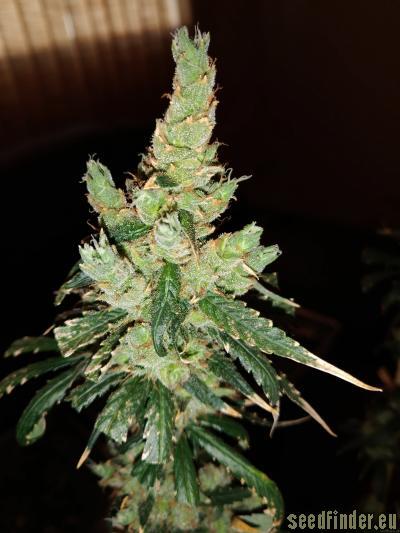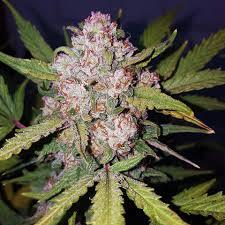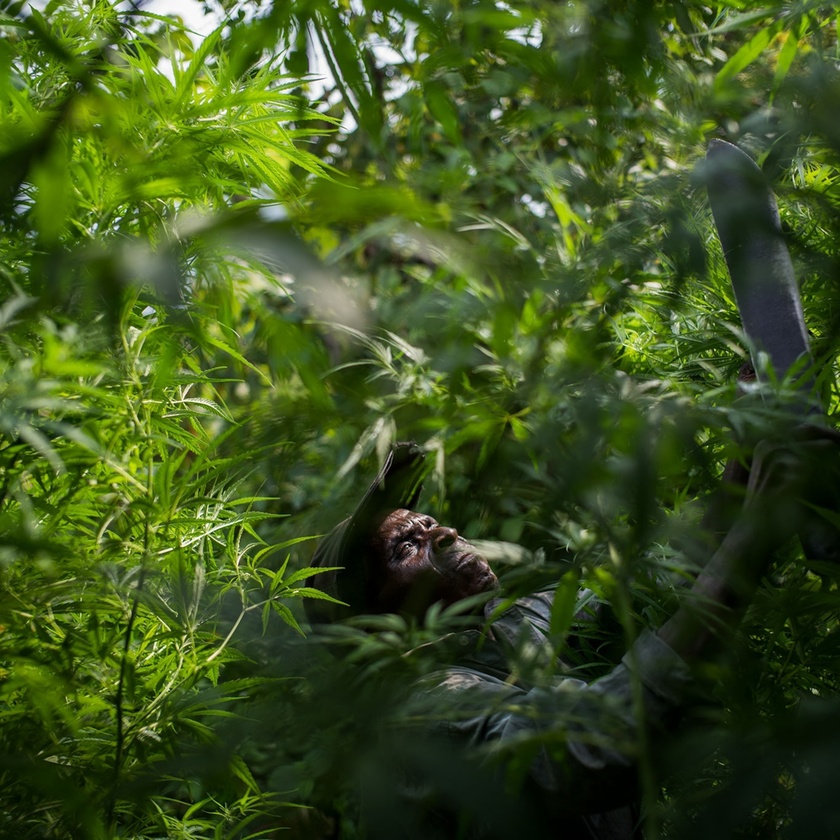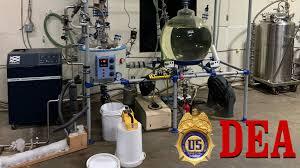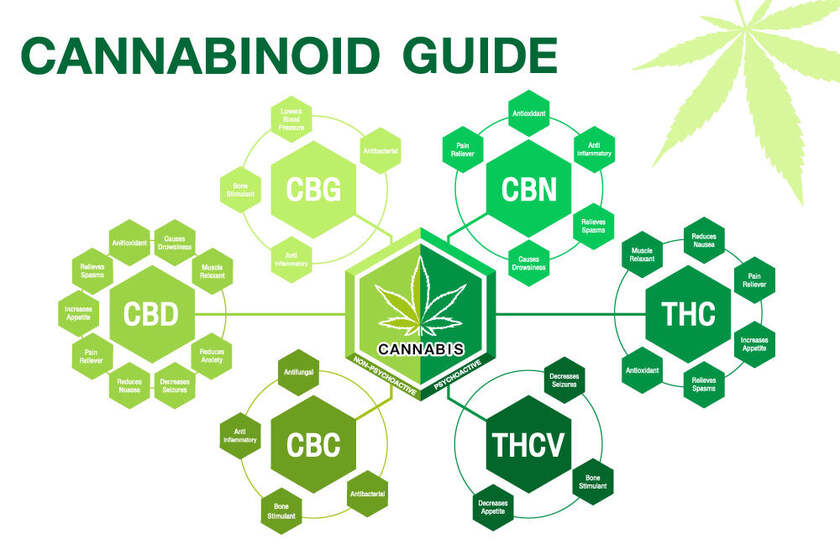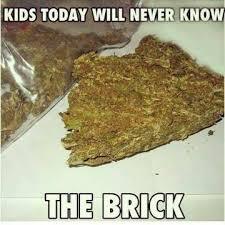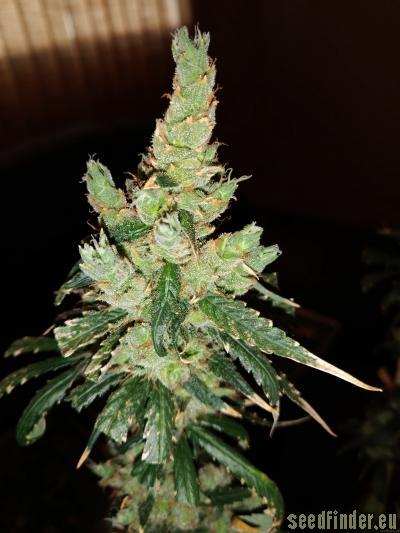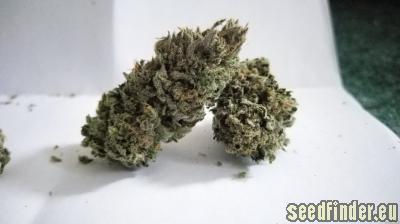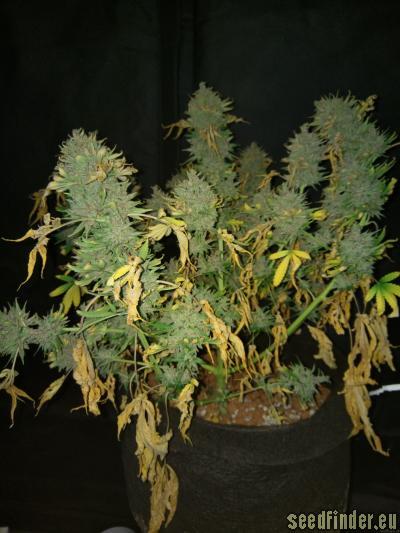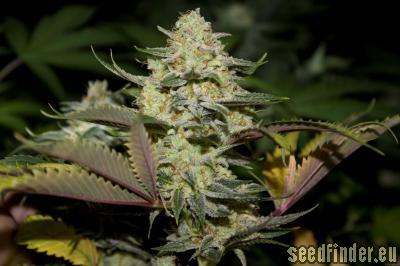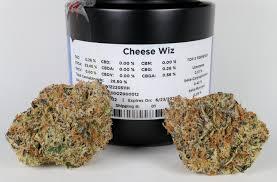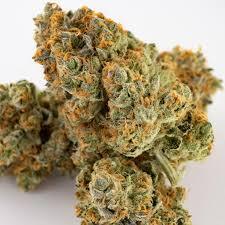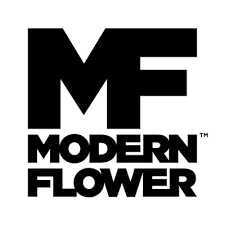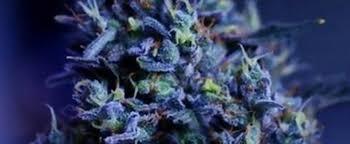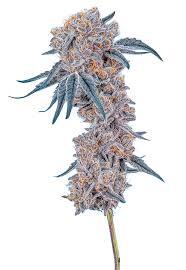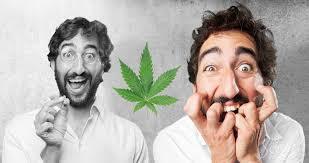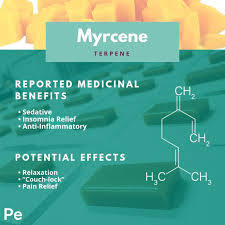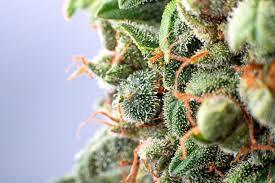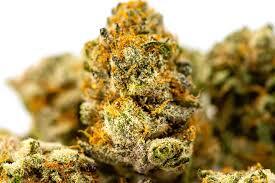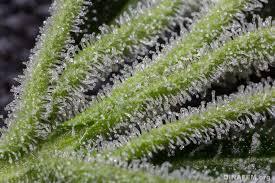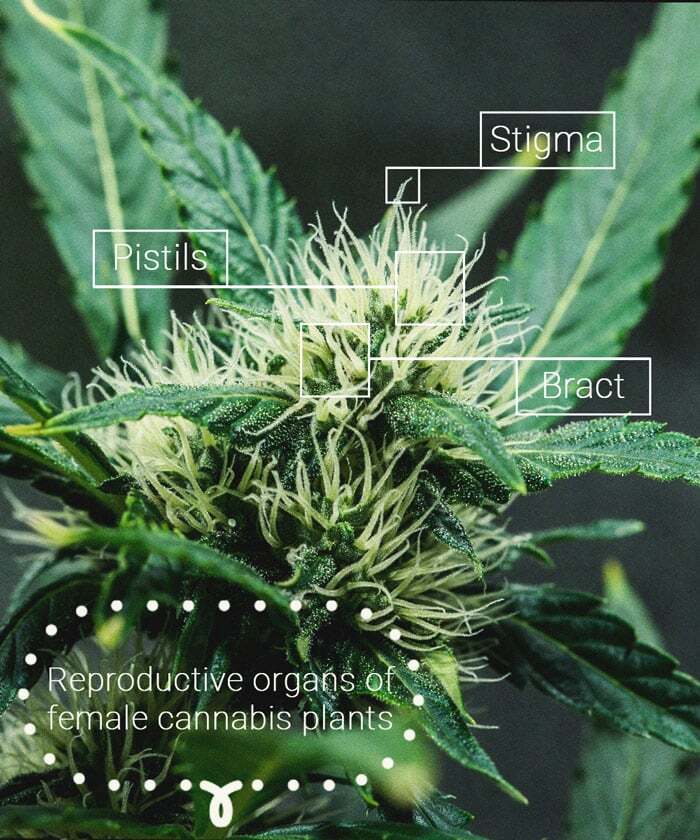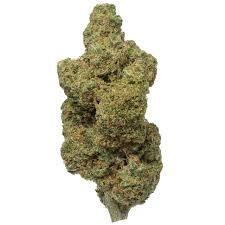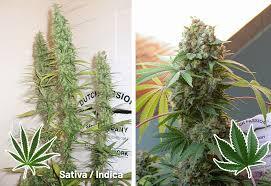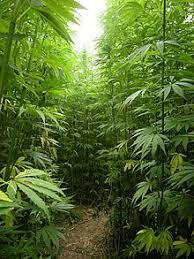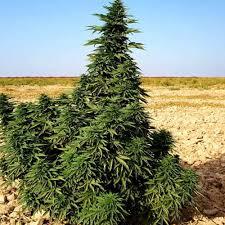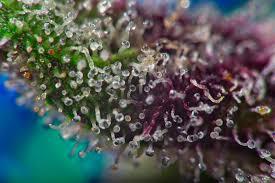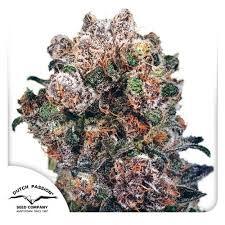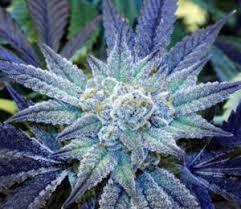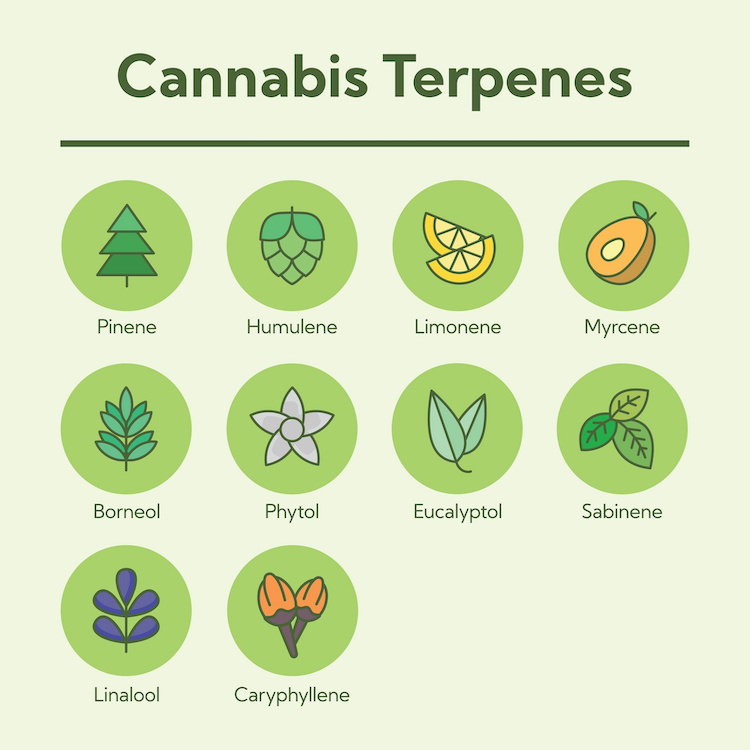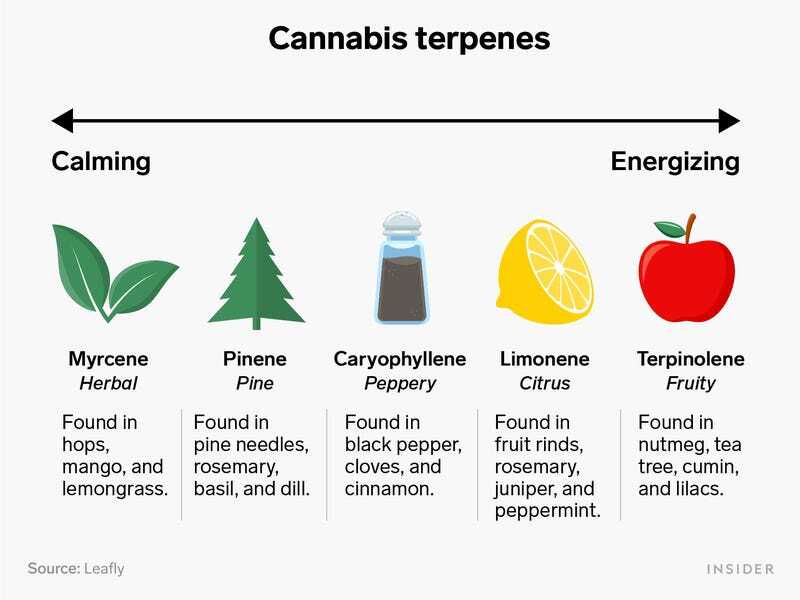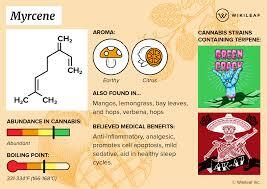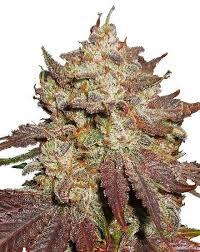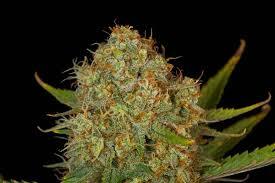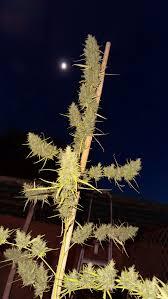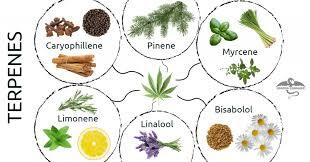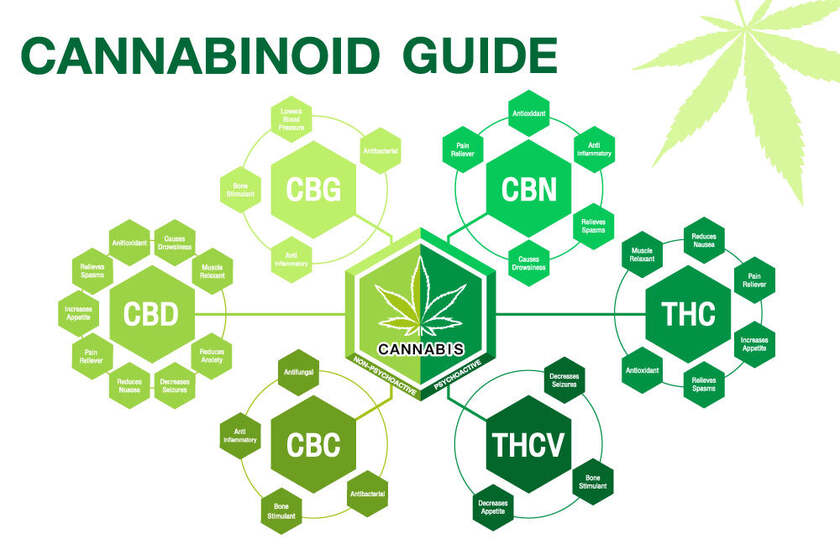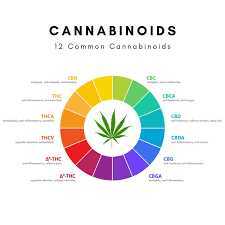We know that the LED light that comes your average tent set up today is the useful wavelengths to be used in cannabis production. But how efficient is each wavelength of the color spectrum and how to they compare to on another. Is one wavelength better for certain plant growth opportunities than others? I'm break it down hopefully in a way that can be understood by everyone who chooses to read this.
The vegetative state is when the plant is producing leaf structure and saving energy to soon switch it's energy conversion to focus on THC Production. A photo period plant lasts up to around 4 to 6 weeks in the vegetative state, and an auto up to 3 at very most 4 weeks. There are ways to increase your potency through focusing on tricome production at this stage.
At this point the best nutrients to be using, in my approach at the moment is white rice water for Nitrogen, Phosphorus, and potassium and Urine water heavily diluted for heavier Nitrogen addition. I also spray the foliage with Aloe Vera Water which I make and use a sprayer bottle to spray the leaves for magnesium absorption. Your zinc levels and hardness should be fine if your using tap water. If you use Rain Water you'll have to look into the zinc, which is typically achieved if not using tap water with additives.
You need to be very cautious with additional ng garlic water to the mix of nutrients until later in the vegetative stage as this can seriously halter the absorption of zinc. Phosphorous gets cranked up during the budding stages especially at the end of the life cycle.
It isn't one often mentioned in circles when discussing nutrient defficiencies but Zinc is an important factor. To much zinc can cause iron deficiency, plant stunting, and yellowing of leaves between the veins and dead spots. This is especially prevalent early on in the vegetative stages and shows heavily on new Foliage. It can also cause serious issues with chlorophyll as it can lead to increased chloroplast degradation as well as a condition known as chlorosis. Chlorosis is the happenstance that occurs from the chloroplast degradation, which is the yellowing and dropping of normally green leaves, vein and all.
The important thing with light for a photo period plant, meaning any cannabis that isn't an auto flower, is for into always get at least 18 hours of daylight each day. I use an 18/6 or 18/8 cycle. I plan to play more with the darkness rest cycles to see how it effects the plants. When you start seeing your pistils really sprouting everywhere and you start seeing the sexing spades as I call them, you can start your blooming lighting of 12/12 light/darkness.
Those spades are under the forks of the plant and either turn into the bud structure or they form more of those in a sac that hangs. Obviously the later is a male plant. Not a total loss as there is a technique to reversing the male plant back to female, though I have yet to get into that.
So how then do we manage the THC production later during the budding stage and bloom while it is vegetating? You again need to consider the light. The best light for increasing the possibility of more potency via more Tricome production while the plant is in vegetation is to use red and orange light wavelengths. Exposure to red light in particular is known to halt the flowering of plants in various categories, cannabis included. Red and orange light help the plant in photosynthetic efficiency & energy storage, this is also why your reds and orange lights are the worst wavelength for the plant to be exposed to at night while it is asleep.
If any light should the plant be exposed to at night during sleep cycle it should be Blue light as dimly used as possible. I use a blue hued head lamp when I harvest my Plants, as. I always harvest at Sunrise After the Sleep Cycle and don't let the trimmed buds see sunlight at all, the darker the process the better the end result. This includes drying and curing imo. . . But this is another article I will write.
Red LED lights and orange are not expensive and can be purchased at any hardware store or Walmart or similar outlet.vbluenlight and red lights are better than green light, but that doesn't mean green light is better at night. The green light can be absorbed deeper into the cell tissues. Therefore, if the plant is presented to bright white light, green light will increase the photosynthetic photon ability moreso than red light or blue. The red or Blue is already a larger part of that white or LED spectrum. Ergo increasing green in those intense brightness areas is best for the increase of photosynthesis.
I would venture to say as well that combining adding green light with the extra exposure to red and blue light during the vegetative state may be a good study to conduct. Does a photo period plant do best when green light is increased during vegetative state or when red and blue light are increased? One also has to consider that red and blue light contain the equivalent of green light, but so not penetrate the cell tissues as deeply as green light. While green light shows the deepest transfer of electrons to the photosynthetic chloroplasts in deeper cell tissues, the red light actually is known as the most effective wavelength at converting electricity via light into photons for absorption in use of photosynthesis.
I think it's also key to point out the basics of color mixing here. Yellow is but all that's needed in each case and the other of the color we took yellow from, form example, blue and yellow (yellow taken from red leaving orange) gives green. Red and yellow is orange. I just think it's interesting to look at the basic color mixing rules and see how it brushes up next to the various absorption ability of plants.
The other major consideration with green light is that it is not absorbed as efficiently by chloroplasts as red and blue light. So wile it does reach deeper levels of tissue, this may well be related to the fact it isn't being well absorbed by the two types of chlorophyll, A and B. This poor absorption by chlorophyll is the reason why green light is so poor at photosynthetic conversion and is obvious in that plants are Green as they reflect rather than absorb that wavelength. However, plants do absorb MOST of the green light it receives, only a small portion of the light is reflected from the non absorption by chlorophyll thus much of the light is used, but this also doesn't mean that increasing it when the other light is maximized wouldn't further deep tissue photosynthetic activity deeper in the thakaloid membrane where this occurs.
Red light is best for photosynthesis because it allows for the plant to produce more leaf structure and plant structure through production of more chlorophyll. More chlorophyll means more absorption of light and thus more plant growth and growth to desired areas, such as trichome enhancement later in budding by increasing red light during vegetation.
SOURCES ONLINE TO CHECK OUT REGARDING
RED/ORANGE VS. GREEN LIGHT ABSORPTION
(PDFs BELOW ON NEXT POST ON GREEN & RED LIGHT SPECTRUM RELATING TO THIS ARTICLE)
https://pubmed.ncbi.nlm.nih.gov/19246458/#:~:text=Because%20green%20light%20can%20penetrate,additional%20red%20or%20blue%20light.
https://www.specgradeled.com/news/how-the-lighting-color-spectrum-affects-plant-growth/#:~:text=Certain%20specific%20red%20wavelengths%20will,taller%20with%20more%20leafy%20vegetation.
https://californialightworks.com/blog/how-important-is-green-lights-for-plant-growth/#:~:text=Out%20of%20all%20the%20light,is%20effective%20for%20plant%20growth.
https://gpnmag.com/article/is-green-light-useful-to-plants/#:~:text=The%20main%20reason%20why%20green,is%20poorly%20absorbed%20by%20chlorophyll.
https://hoogahealth.com/blogs/news/how-to-choose-red-light-therapy-bulbs-for-optimal-benefits#:~:text=While%20red%20lighting%20is%20used,producing%20bright%20or%20warm%20light.
https://www.ncbi.nlm.nih.gov/pmc/articles/PMC7977723/#:~:text=Since%20red%20and%20blue%20light,and%20Vogelmann%2C%202010)%2C%20thus
